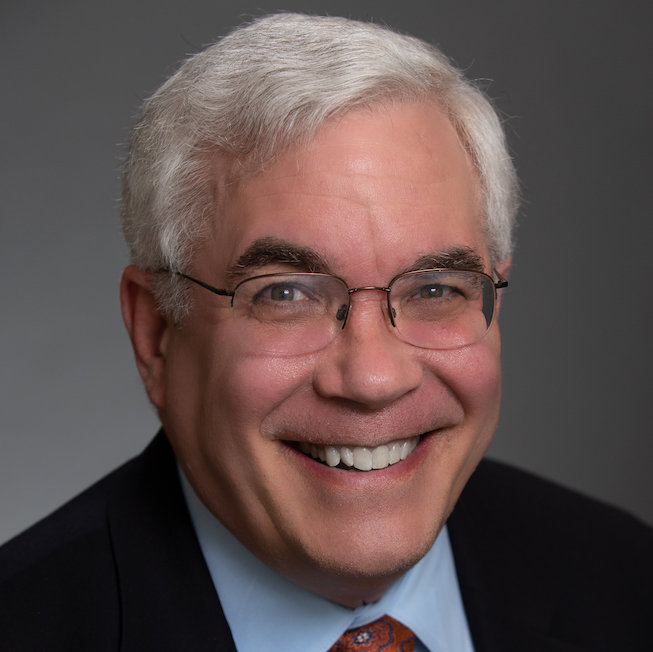4 minutes
Finding the right balance between operational oversight and visionary dialogue in your boardroom is worth the struggle.
Credit Union Management magazine’s Web-only “Good Governance” column runs the first Wednesday of the month.
I’ve long said that being a CEO of an organization is one of the hardest jobs in the world. I’ve had the opportunity to help lead a number of organizations myself and have found myself being challenged to find the right balance between fiduciary and strategic agenda items at board meetings.
Having formally observed a number of credit union board meetings in recent years, I have realized that this struggle is shared by many credit union CEOs and board chairs. And the proof of this difficulty goes well beyond the anecdotal. In recent assessments of credit unions throughout the United States, a surprising number of credit union board members reported a lack of genuine strategic dialogue at their monthly board meetings.
Finding the right balance between operational oversight and strategic dialogue is a real struggle. But one that is very much worth fighting. There are a number of reasons why such a balance is difficult to achieve, but I’d like to focus on one reason in particular: Many credit union leaders get “stuck” in one mode of thought. What do I mean by that?
CEOs and board members frequently lack a framework or vocabulary to ask the full range of questions necessary to effectively carry out their governance responsibilities. As such, and often by default, many credit union boards spend the majority of their time in the fiduciary realm of thought.
Frequently, this notion of fiduciary is paired with the word “oversight.” As credit unions, we’re very good—and often most comfortable—with providing oversight. We are stewards of our members’ hard-earned money, and so we are traditionally strong at reviewing the financials, ensuring legal and regulatory compliance, instituting appropriate financial controls, conserving the organization’s resources and even mitigating key risks.
As we should be.
I would imagine your credit union spends a great deal of time talking about (or reporting on) fiduciary items at your board meetings. In fact, I’ve had clients who issue monthly board packets -- some 100, 200 or even 300 pages long -- and then spend the vast majority of their board meetings simply reviewing those written reports.
Don’t get me wrong. Fiduciary thought is absolutely necessary, and it has a vital place - especially in the credit union community. The problem is that while fiduciary thought is necessary, it is certainly not sufficient if you desire a governance culture operating with excellence. Yes, more is needed. But the extra effort yields significantly greater rewards.
The “more” that is needed is to begin incorporating strategic discussions into your board meetings regularly. Please note that I am not talking about “strategic planning.” It is highly likely you already incorporate some form of strategic planning into your meetings annually - or every few years - when your board undertakes the review or revision of your strategic plan.
I am, however, suggesting that the board and senior management exercise their “strategic thinking muscles” very regularly. If you don’t, you won’t be able to adapt to changing market conditions. Nor will you improve at identifying, planning and executing high-impact strategic initiatives. (It’s a lot like my golf game. I know how to hit the ball reasonably well, but playing only once or twice a year, my game has seen no real improvement in 20 years.)
By modifying their regular meeting agendas, boards and senior management teams can work in constructive partnership throughout the year to create the credit union of the future, craft thoughtful dashboards of strategic success, find ways to innovate, experiment and learn on an ongoing basis. They can also work diligently together to scan the internal and external environments surrounding their credit union, identify evolving member needs, analyze competitive benchmarks and see key marketplace trends long before others.
Begin to think of “strategic planning” as an ongoing process of strategic discussions and learning opportunities throughout the year -- not a discreet occurrence with a start and a finish.
And so the question is: What’s on your next board meeting agenda?
Michael Daigneault, CCD, CEO of CUES strategic partner Quantum Governance, L3C, has more than 30 years of experience in the field of governance, management, strategy, planning and facilitation. More than 30 percent of Quantum Governance’s engagements involve helping credit unions. Daigneault is a Certified Credit (Union) Director, having served as executive in residence at CUES Governance Leadership Institute™ at the University of Toronto’s Rotman School of Management.





